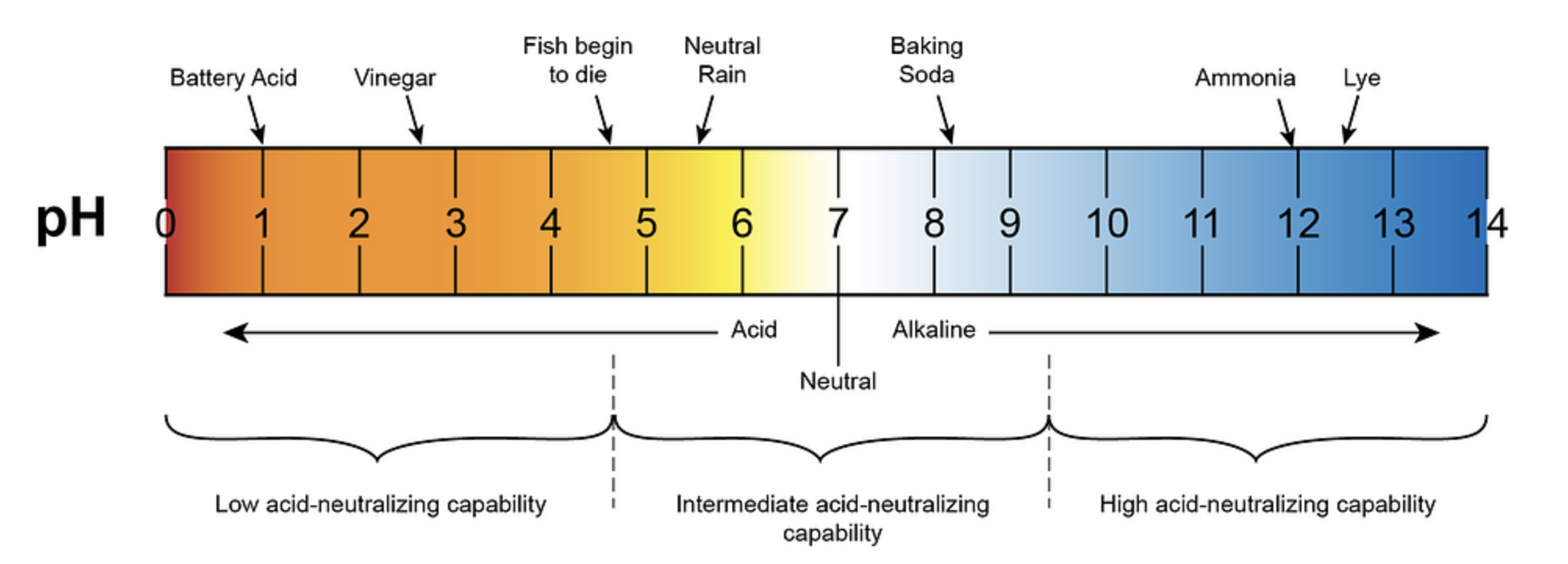The pH value of water is a crucial factor in maintaining a healthy aquatic ecosystem, and it plays a significant role in the health of pond fish and other aquatic life. Maintaining the correct pH level in a pond is essential, as straying too far from the optimal range can lead to a host of problems for pond inhabitants.
Understanding pH Levels
The ideal pH range for pond water is between 6.5 and 8.5, which closely mimics the natural pH levels found in freshwater. Pond fish have an average blood pH of 7.4, and the closer the pond’s pH is to 7.4, the better.
Tap water pH can vary widely depending on the source and treatment process. For instance, tap water in the Kings Contrivance neighborhood in Columbia has a pH of 8.7, which is highly alkaline.
Factors Affecting Pond Water pH
Several factors can influence the pH value of pond water, including:
- Rainwater runoff: Acidic rainwater from acid rain can alter the acid-base balance of the pond water.
- Decomposition of organic material: The decomposition of leaves, twigs, and other organic matter can release acidic compounds into the water, lowering the pH.
- Algal blooms: Some algal species produce acidic compounds during photosynthesis, while others produce basic compounds, affecting the pH.
- Overstocking fish: Increased carbon dioxide levels from overstocked fish can lower the pH.
- Limestone and concrete: Ornaments made of limestone and concrete can release basic compounds into the water, raising the pH.
- Chemical treatments: Chemicals like chlorine and chloramine can affect the pH value of pond water.
- Tap water: The source and treatment process of tap water can introduce various chemicals and compounds that can impact the pH.
Monitoring and Maintaining Pond Water pH
To maintain the correct pH level in a pond, regular water testing with an electronic pH meter is essential. This can help monitor changes in the pH value and alert the pond owner to any potential issues.
If the pH level of the pond water is too low (acidic), baking soda can be dissolved in the water to raise the pH gradually, preventing shock to pond life. Crushed coral can also be added to the pond’s filter to naturally raise the pH.
If the pH level is too high (alkaline), the pond owner may need to consider diluting the water with a lower pH source or using an acid-based treatment to lower the pH.
Importance of Maintaining Optimal pH Levels
Straying too far from the optimal pH range can lead to a host of problems for pond fish and other aquatic life. Low pH pond water, or acidic water, can lead to metal leaching from plumbing fixtures, introducing heavy metals and other metals that could be toxic to fish and other pond inhabitants. High pH water levels create alkaline water, which can disrupt the acid-base balance necessary for the respiratory and renal systems of fish, leading to health issues.
Maintaining the correct pH level in a pond is crucial for the health of pond fish and other aquatic life. Regular water testing and monitoring can help prevent issues and ensure a healthy pond ecosystem.
Conclusion
In conclusion, the pH of pond water and tap water can vary significantly, and it is essential to understand the factors that can influence these values. Regular water testing and monitoring, as well as the use of appropriate pH-adjusting methods, can help maintain the optimal pH range for a healthy pond ecosystem.
References:
– Koi Forum UK – pH Increases Over Time
– Koiphen Forums – pH Levels in Ponds
– Premier Pond – pH Level Guide
– NCBI – The Importance of Water Quality and Aquatic Ecosystem Health to Fisheries and Aquaculture

